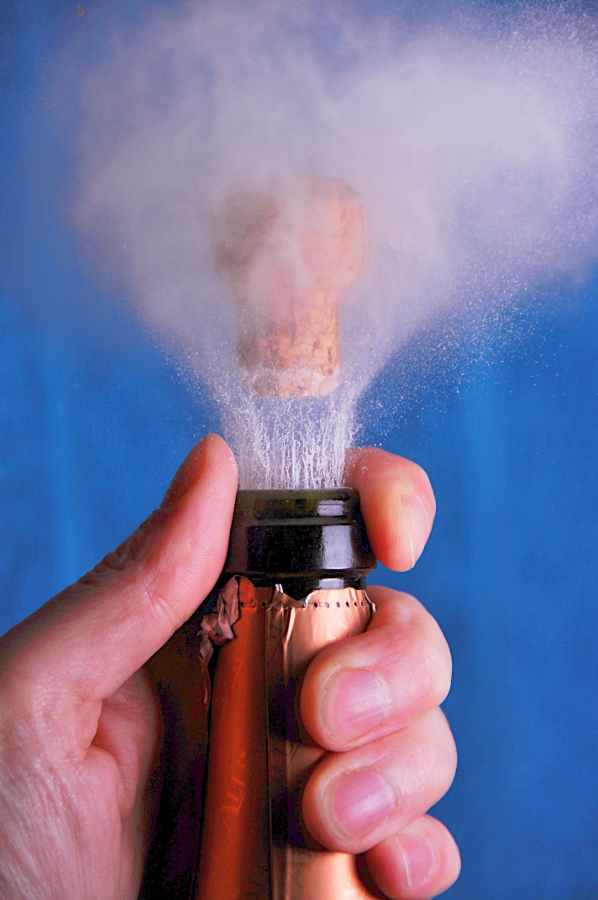
As discussed in my recently completed Wine and Woods series of posts, the decisions made in aging wine can have a profound effect on its aroma, taste, and feel. In most cases, the winemaker’s job is to use the aging process to deliver the best possible wine from the vintage in the barrels. With champagne the goal is a little different: steer the development of the wines to allow the brand a consistent sensory profile, called house style, year after year.
A recent article on Decanter.com, A debate from Champagne’s sensual parliament, explores the roles that wood and steel aging play in defining and realizing house style. Author Andrew Jefford also includes tasting notes from six champagnes, illustrating how the different choices manifest in the glass.
